By Julie Wright —President
Twitter: @juliewright
It’s so easy today to get glued to our data, dashboards and digital interfaces as we develop and manage content marketing and other web-based communications strategies. But it’s important to remember that public relations is still a people business—or more accurately, public relations is a personas business.
As you monitor email click-through rates, social media engagement and website referral traffic, remember that behind every data point is a real person. And to do your job for your client or company, you need to deeply understand your audience and what makes them tick as well as click.
So how can you develop and use personas to guide your communications?
1. Personas Start with Customer Data
Dive into the data you already have. Study your customer database and interview your sales and customer service team to isolate the demographic and psychographic profiles of your customers. Look at gender, age, job title, family status, education, values, hobbies and interests.
Let’s, for the sake of argument, say that there are three primary buckets into which you can generally separate your organization’s customers.
One category might be described as female public relations agency owners who live and work in California, have four or more years of university education, have teenage or college-age children, are interested in social causes, struggle to balance their demanding work schedule with family and personal needs, desire a more active and healthy lifestyle and love Champagne and elephants. (This would be me.) You might name this persona “Julie.”
You would do the same for the other two customer categories and explore their basic demographic similarities as well as their shared goals and challenges, values and fears. Let’s say the next persona is freelancers who work from home while looking after toddlers and school-age kids. We’ll dub this persona “Mark.” The third is professional women who are now empty-nesters who we’ll refer to as “Lisa.”
Once you’ve painted a data-driven picture of these three fictitious personas, you need to think about how you would speak to each of them so that they are attracted to your content and ultimately your product or solution.
The first rule of good communications has always been to know thy audience. Knowing them through this analysis of your existing customer data will help ensure that your content marketing pieces will better resonate with people like them.
2. What Problems Do You Solve for Your Personas?
How does what you do or provide in the marketplace speak to each persona’s fears and values or help them achieve their goals or overcome their challenges?
We know that “Julie” is juggling work-life challenges and has a goal of a more active lifestyle.
What kind of content might resonate to engage her?
How about humorous memes taking aim at the illusion that work-life balance is even attainable for a woman business owner? Or a more inspirational message to help her keep her mojo?

Or perhaps you’d develop longer pieces of content with advice and exercises to improve mindfulness, time management or ideas to help her take five throughout the day?
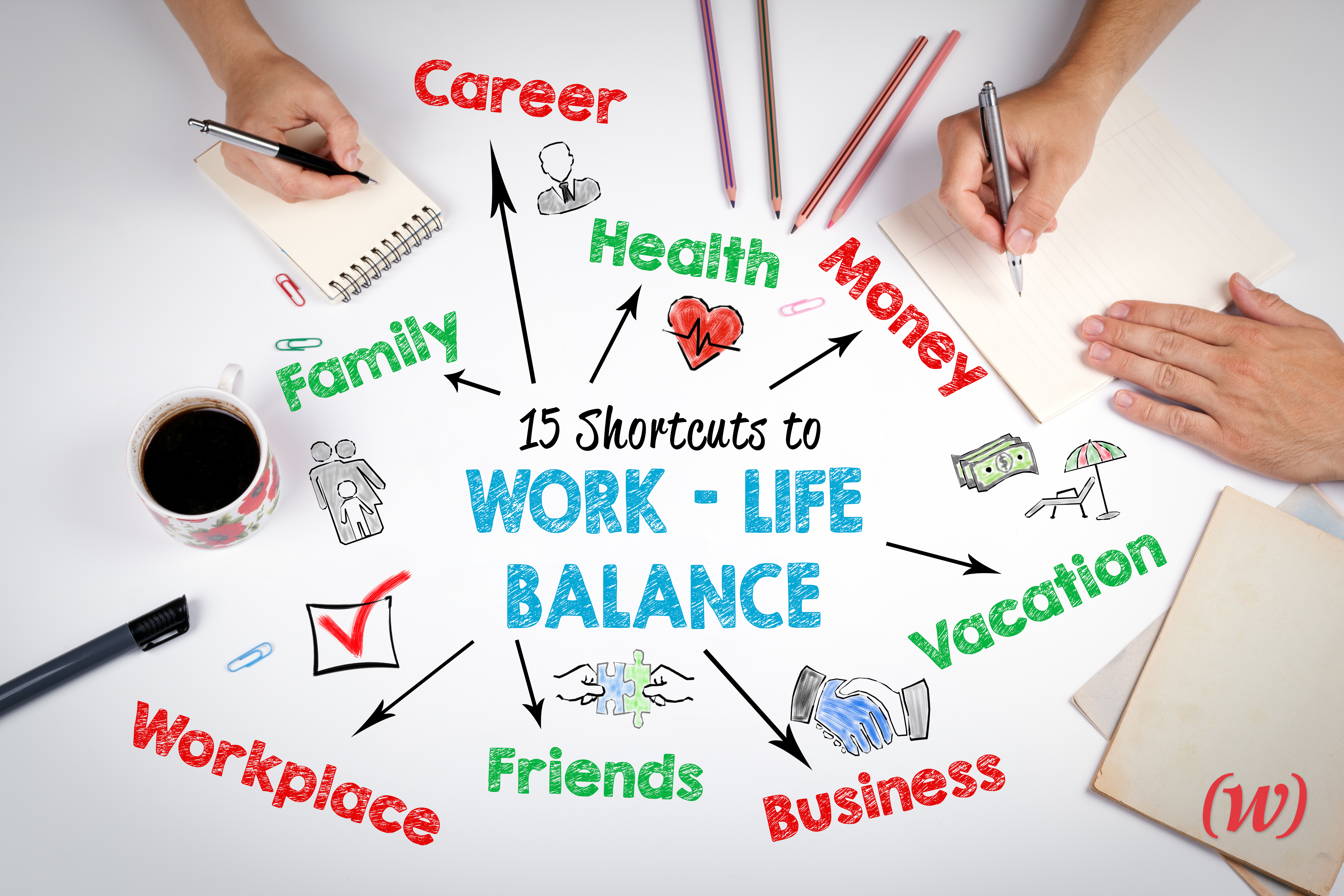 It’s not the content marketer’s job to convince each persona of what they need. It’s their job to figure out what the persona’s needs are and then speak to them with their content and present their product or solution as the ultimate solution.
It’s not the content marketer’s job to convince each persona of what they need. It’s their job to figure out what the persona’s needs are and then speak to them with their content and present their product or solution as the ultimate solution.
3. Validate Your Internal Research with Outside Sources
From social listening on platforms like Twitter, to in-house customer interviews and third-party market research surveys and focus groups, you should invest additional budget and energy into validating your own internal research and hunches while expanding your understanding of each persona.
A custom-designed professional telephone and online survey of your persona audiences may seem a considerable expense, but it’s really a direct investment in ensuring you have nailed your personas so you can hit your KPIs and generate ROI sooner.
If budget is tight, work with your research partner who can create shorter questionnaires that will be more economical and still give you insights that your own digital data lacks. Insights you might gain from surveys are the purchase decision criteria (i.e. innovation, safety, convenience, prestige, speed?) that your personas weight before they buy. Or you can use an omnibus survey and tack on questions that help you understand what the size and distribution of your personas are in your market territory.
You could also design your own Survey Monkey survey using its recommended questions and structures.
For qualitative insights, match a handful of your customers with your personas and then conduct interviews to explore and understand their customer journey and motivations (goals, challenges, fears, and values). These one-on-one interviews might validate or challenge your assumptions and help you uncover new high-octane insights to improve your messaging and targeting. You could also approach this exercise as a focus group.
Once you’ve researched, developed and validated a clear picture of your target personas, for a little more inspiration, get creative with more descriptive names and a composite image for each. Julie, Mark and Lisa should become your team’s besties. Julie becomes “Julie the Juggler.”
You can also make her and your other personas more real and relatable with a composite.
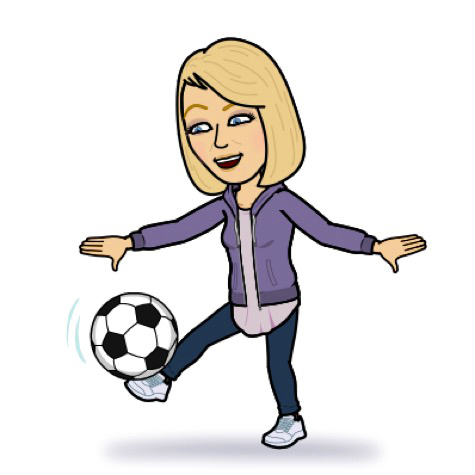
Your research will also help you become more aware of seasonal considerations that also impact your personas’ needs and interests. Julie’s January juggling act, for instance, might include Champagne, New Year’s Resolutions for getting her fitness plan back on track and plans for attending and earning media coverage for a client’s product launch at the Consumer Electronics Show.
With research, you will get these deeper insights into your personas’ worlds so your content can be laser focused to attract their interest and drive action.
4. Go Where Your Personas Are
Imagine Julie’s customer journey starting with a discovery phase. How might you position your content to be discovered on the web, via social media, in news reports, at a conference, in digital ads or via skywriting? You get the point. Understanding Julie’s persona allows you to match her media behaviors with your message placement.
What terms or hashtags might Julie be searching? Make sure that your web content is optimized for those search terms and your social media posts for those hashtags. Focus on her interests and search behaviors versus your product’s features and benefits. You might look at your Instagram data to see which hashtags have driven the most views to your content. Instagram business profiles provide more granular data from which you can derive such new insights.
If you don’t know what social platforms Julie uses, check your Google Analytics data to see which refer the most traffic to your website. You might find that Pinterest is providing as much traffic as Facebook. In that case, make sure you’re creating pinnable content on your site so that it continues to drive Julie from Pinterest to your site. Your branded work-life memes for social media need to be given a home on your website (most likely your blog), in order to have backlinks once they’re shared to Pinterest. That way, they’ll drive web traffic for you as well as social media engagement.
With all of your content, your purpose is to attract, engage, differentiate and drive people to take an action. The ultimate action is purchase, of course, but that’s a big ask. So, create multiple smaller opportunities for your persona to get comfortable with you and your brand before you expect a purchase commitment. Examples of small decisions for Julie, Mark and Lisa might include signing up for an email offer, responding to a contest or incentive, registering to download information or attending a webinar.
Other data sources can give you insights into your personas too so you can track their customer journeys. Google Analytics can show you all referral traffic sources and data to help you understand which websites are driving the most visits to your site and the behaviors people are taking once they land on your site. Google Analytics can also unlock additional demographic information including interests.
This can provide additional clues to Julie’s, Mark’s and Lisa’s interests and needs but also show where gaps may be opening up in their website experience. Where in the journey are you losing them and what can you do about it?
Your paid digital and social media ads can also be driving Julie and her persona pals to your website. How does the paid traffic compare to the referral traffic coming from media hits, influencer mentions and social media? Often the former can produce more traffic but of lower quality, whereas well-targeted press hits, influencer campaigns and social media campaigns can produce a smaller proportion of overall website visits but with a longer duration of visit, more pages visited and a higher conversion rate.
And isn’t that what you want from your personas?
CONCLUSION: Public Relations is Really Persona Relations
The digital universe has created so many opportunities to serve our messages to more people without ever leaving our desks.
That’s a blessing from a convenience and scale standpoint but also a curse if you spend copious hours developing off-base content that isn’t seen by your ideal customers or doesn’t speak to their needs.
Public relations has always been considered a people business. And that’s what PR brings to the content marketing equation: an emphasis on building relationships over time and not simply a transactional view of each interaction. So, don’t lose sight of the real people behind each click, and think of every interaction that a person—or persona—has with your content as another step in a long-term, ongoing and mutually beneficial relationship.
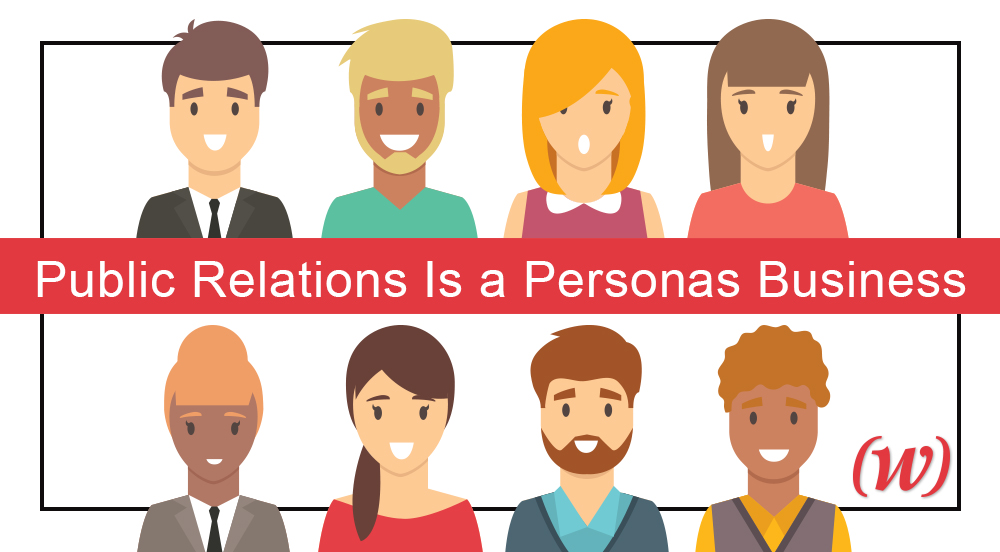
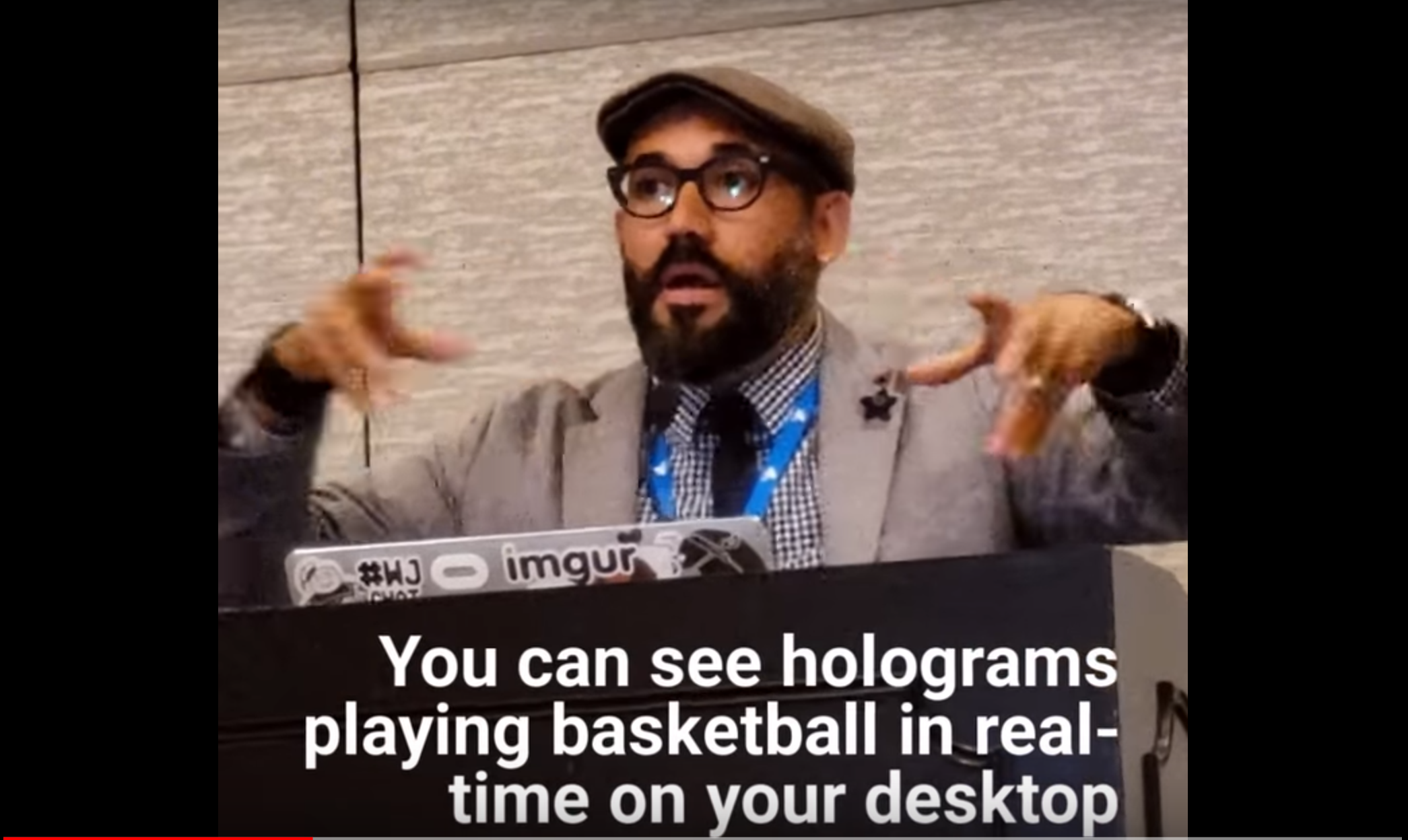
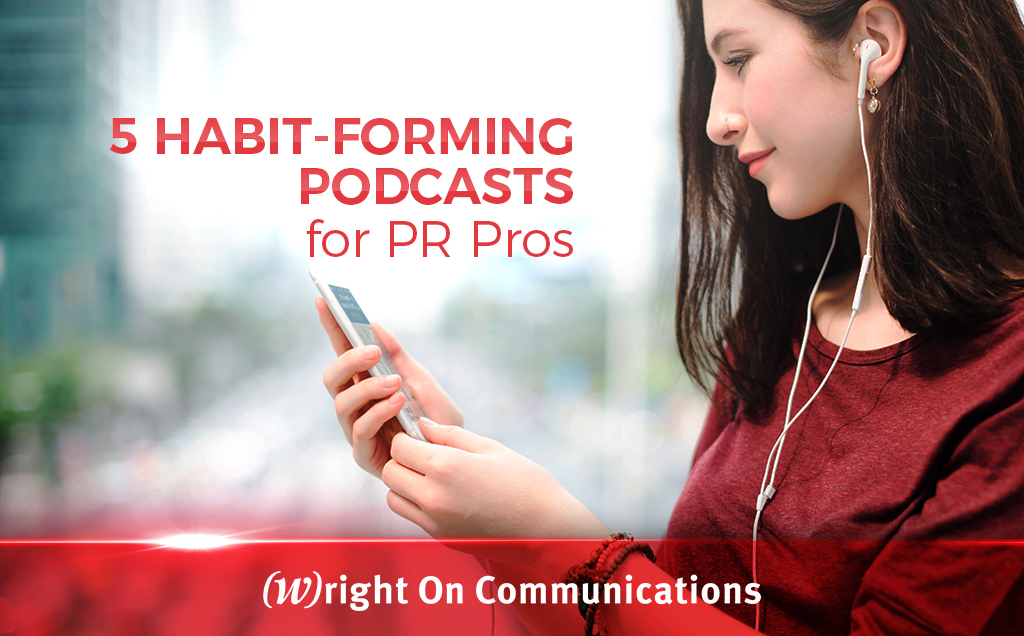

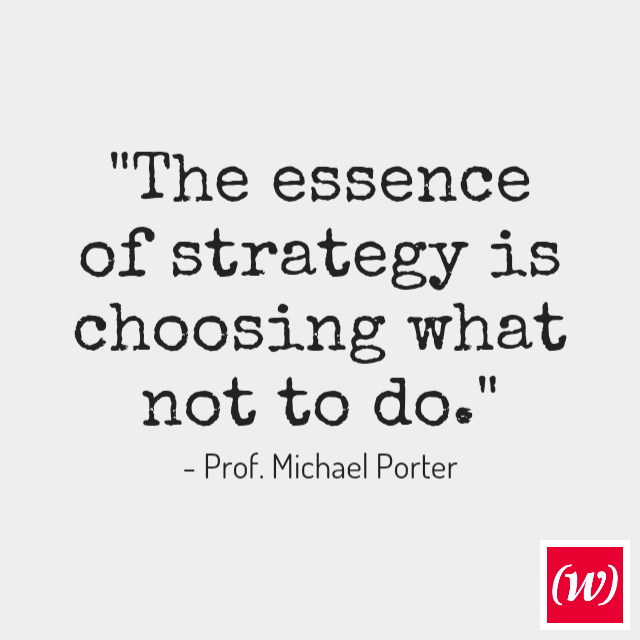
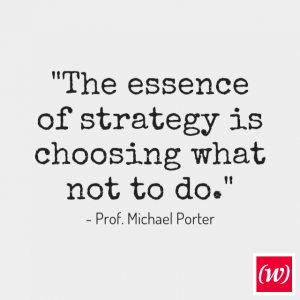


 Grant Wright
Grant Wright






 Corie Fiebiger
Corie Fiebiger
 Shae Geary
Shae Geary Roman Lukjanenko
Roman Lukjanenko Phelan Riessen
Phelan Riessen Katrina Early
Katrina Early Hamish Marshall
Hamish Marshall